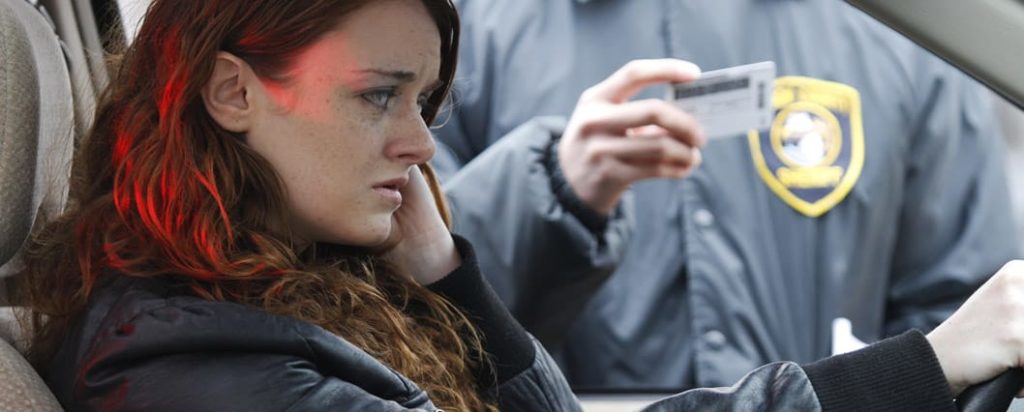Hairstyles, fashion and lingo are all mimicked behaviors. A recent study shows that individuals also follow the group when it comes to making bad decisions like driving after using drugs or alcohol. The study by the Health Behavior Branch of the National Institute of Child Health and Human Development, part of the National Institutes of Health collected data on 2,500 students in grades 10-12. Students were asked to self-report on their actions, as well as their peers. Students were asked how many times they had been in a vehicle with a drunk or stoned driver in the previous year. They were also asked how many times in the previous 30 days they had driven after using drugs or drinking. One-third of high school sophomores reported being a passenger in a car with an impaired driver. The bulk of the information showed that peers had a tremendous behavioral influence. The students who reported riding in a car with a drunk driver every year of high school were found to be 127 times more likely to say they themselves had been a drunk driver by the time they became a senior in high school. The study underlines what most of us know intuitively – social influences are incredibly powerful. Seeing someone else do what you know is wrong normalizes the behavior. Young people are highly motivated to fit in with the perceived group norms. If friends drive high on drugs or drunk on alcohol the behavior becomes socially normative. This research stands against the backdrop of positive news about adolescent drinking and driving. The Centers for Disease Control and Prevention reports that the number of high school youth drinking alcohol has declined 54 percent since the 1990s. Nonetheless, car crashes are the number one risk of death for American youth. In 2010 there were 2,700 people between the ages of 16-19 killed in an alcohol-related car crash, and another 280,000 youth were injured in such accidents. When an inexperienced driver becomes an inexperienced drinker and gets behind the wheel danger is a near certainty. Lack of understanding about how to manage a vehicle is part of the problem. So too is a lack of understanding about how their body will respond to alcohol. An adolescent has lower body weight and lower body mass compared to adult drinkers. That means that alcohol will affect them more rapidly. Just one drink can impair a young driver’s judgment and responsiveness. Adolescent drinkers drive too fast and can’t respond fast enough or with enough skill to changes in the driving environment. Add in the distractions of texting and talking while driving and the risks become gargantuan. Young people tend to overestimate their personal ability while underestimating the risks. Other studies have shown that adolescents who delay getting their license have fewer accidents and fewer instances of drunk driving.

